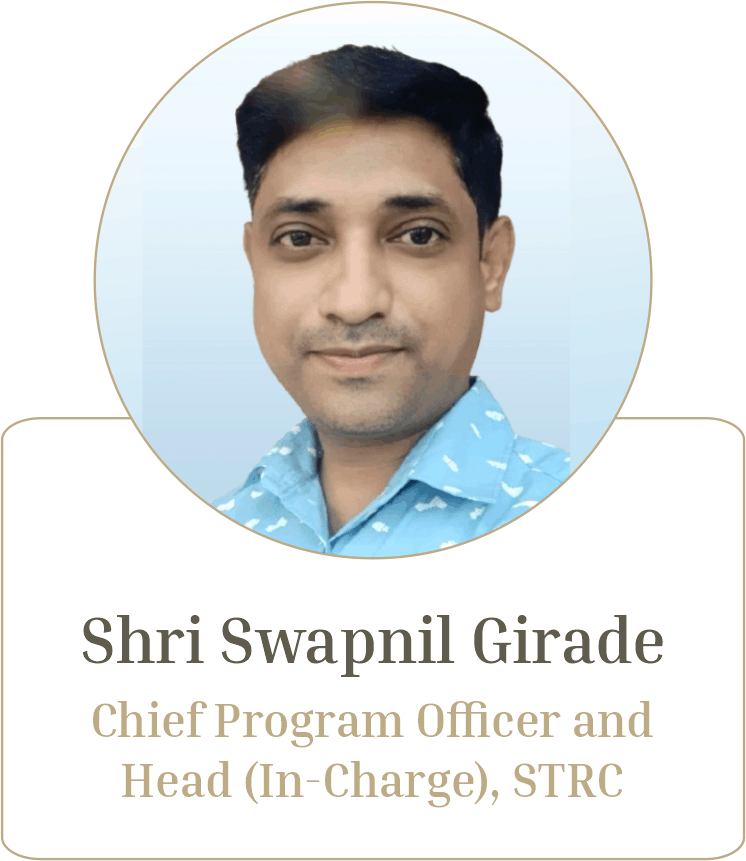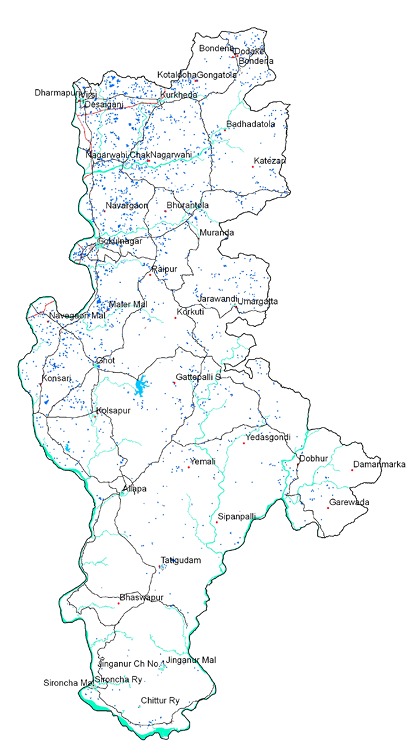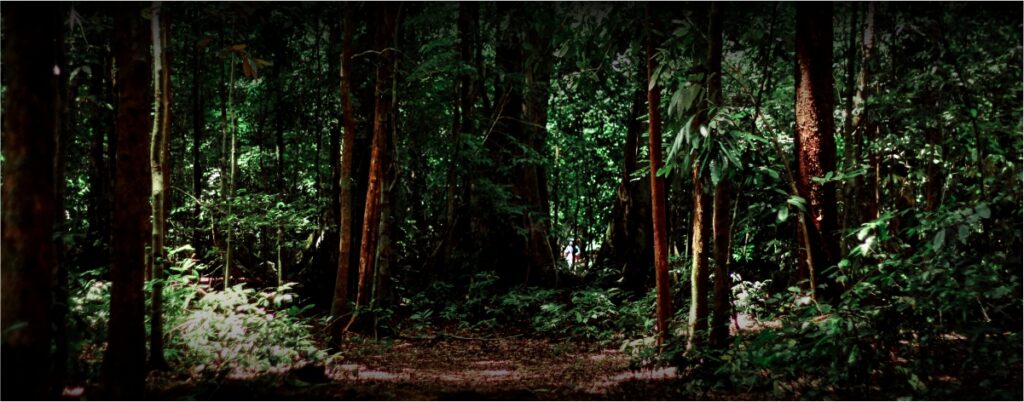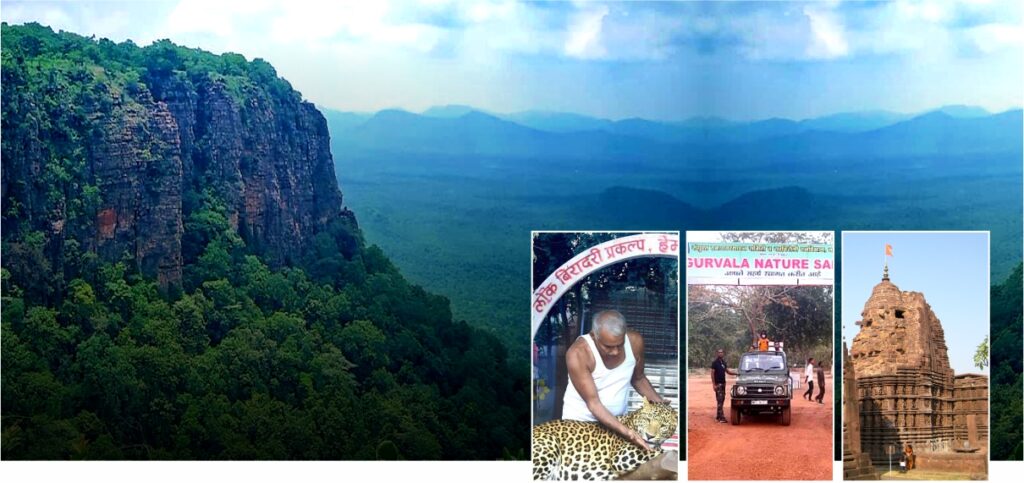From the CPO's Desk
From Streams to Livelihoods: Aquaculture Opportunities in Gadchiroli's Water-Rich Landscapes


Gadchiroli district, spread over 14,412 square kilometres, is richly endowed with natural water resources, offering significant untapped potential for aquaculture-based livelihoods. While over 86% of the district is covered under forest, the region is interspersed with perennial rivers such as the Wainganga, Pranhita, Indravati, and Godavari. Gadchiroli’s waterscape spans about 322.6 km², forming a viable base for aquaculture and related water-based interventions (NWIA Maharashtra Atlas) along with numerous seasonal streams, ponds, reservoirs, and irrigation structures. The district receives an average annual rainfall of 1,300–1,350 mm, making it one of the better-hydrated regions of central India. The strategic use of this hydrological wealth can support the development of a vibrant and sustainable aquaculture sector—especially when guided by applied science and technology.
One of the key water infrastructure assets in the district is the Chichdoh Barrage. It plays an important role in irrigation and downstream water regulation. Periodic gate releases shape the ecological conditions that directly influence the viability and planning of fish culture cycles in adjacent zones. Surface water quality assessments conducted in the region have shown pH values between 5.2 and 7.8, with dissolved oxygen ranging from 5 to 9 mg/L—favourable ranges for aquaculture. Moreover, studies from the Wainganga River basin report over 20 species of indigenous fish, indicating a healthy and biodiverse aquatic ecosystem.
At the national level, India ranks second in global aquaculture production, yet a large share of its inland water resources remains underutilized. Maharashtra itself has over 1.77 lakh hectares of saline and inland water bodies with immense aquaculture potential. Gadchiroli contributes modestly to this figure, but research from pilot interventions points to a bright future. Seasonal pond-based aquaculture, even on a small scale, has shown high profitability. For example, seed-rearing in farm ponds of 2,000 to 4,000 square meters has yielded net returns of ₹72,750 with a benefit-cost ratio of 1.51. Larger grow-out ponds have reported net incomes of ₹189,750 per hectare, with a return on investment of 1.18. These results highlight aquaculture’s potential not only as a supplementary livelihood but also as a core rural enterprise.
Applied science and precision technologies are proving essential in driving aquaculture outcomes. IoT-based water quality monitoring systems—tracking parameters like pH, turbidity, temperature, and dissolved oxygen—are emerging as transformative tools for timely and adaptive pond management. Innovations such as Recirculatory Aquaculture System (RAS), solar-powered aeration, and integrated fish-livestock systems are also gaining relevance in tribal regions with fragmented landholdings.
Recent state-level initiatives, including Maharashtra’s large investment in irrigation and river-linking projects across Vidarbha and Marathwada, signal a growing emphasis on water-based livelihoods. While Gadchiroli is not yet central to this conversation, the expansion of such infrastructure provides a strategic window to establish canal-fed or reservoir-linked aquaculture projects in the district.
At the grassroots level, the Science and Technology Resource Centre (STRC), Gondwana University, has been implementing targeted initiatives to demonstrate aquaculture viability in tribal communities. STRC has introduced portable carp hatcheries in select locations, helping farmers produce and access quality seed locally. The centre has also deployed fish vending units (FVUs), which extend the shelf life of fish by 4–5 days—improving market reach and reducing post-harvest losses. Pilot efforts in integrated fish-poultry systems have allowed farmers to diversify income while maximizing land use. In parallel, STRC is working to establish fish farmers’ interest groups (FIGs) and eventually form a Centralize Fish Hatchery and Aquaculture Lab in Gadchiroli as one-point resource for fish-farmers and entrepreneurs of the region. Such efforts create not only livelihoods but also a sense of local leadership and technical confidence key to sustaining aquaculture ventures.
Looking ahead, Gadchiroli is uniquely positioned to become a model district for community-driven aquaculture. Scaling up hatcheries in all blocks, expanding real-time water quality monitoring, promoting integrated farming systems, and building a robust aquaculture value chain through FPOs can transform the local economy. With proper alignment of state infrastructure initiatives, financial support mechanisms, and technological guidance, “Blue Gadchiroli” can emerge as a flagship case of livelihood transformation through aquaculture. With its abundance of water, traditional ecological knowledge, and a growing base of scientific interventions, the district holds all the ingredients for success. STRC remains committed to this vision, and through collaborative efforts with farmers, institutions, and government bodies, we can ensure that aquaculture becomes a sustainable and inclusive engine for rural development.






